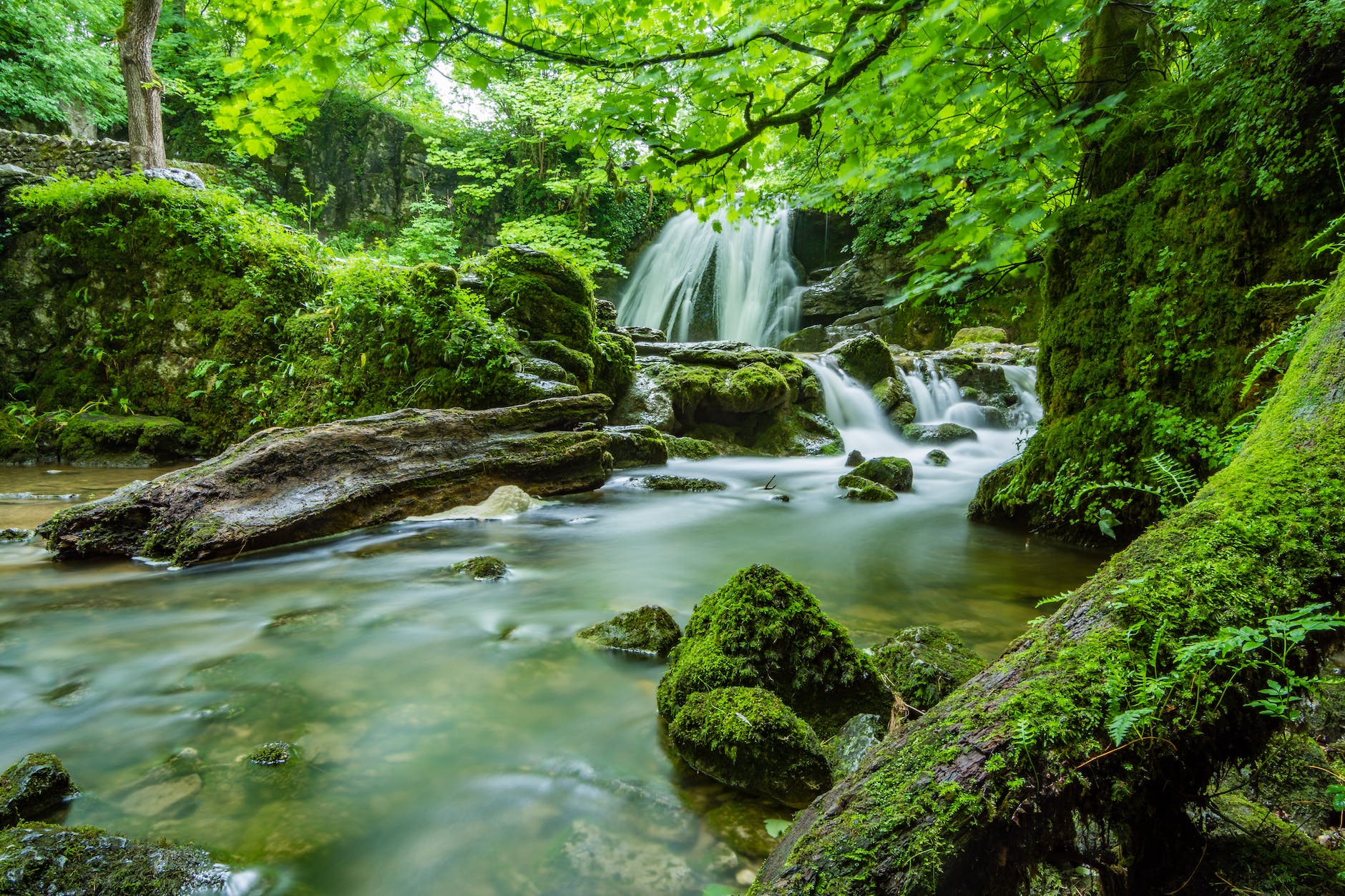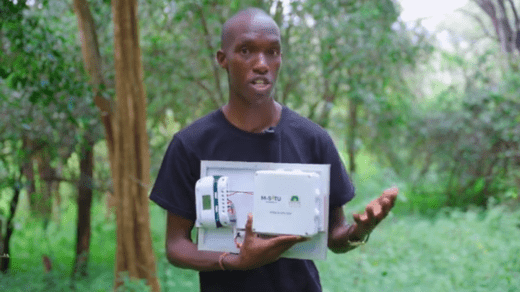Handle Your Domestic Cooking Gas Cautiously, Save Environment
By mid-18th century the first liquefied petroleum gas (LPG) was discovered by Snelling in his studies of gasoline volatility. Which was used for portable fuel sources, and its production and consumption for both domestic and industrial use. Before then there was massive use of wood.
About 9% of the Kenyan LPG is imported over-land from Tanzania while the remaining percentage is produced in Kenya around Mombasa and some private owned terminals. Furthermore, the liquefied natural gas was unearth by Michael Faraday, which later led to the construction of the Liquefied Natural Gas plant in West Virginia. Great achievement it was I must admit. This transition was relevant in to Africa later on, that ease various sectors in one way or the other.
Cooking is one of the most essential domestic practices in human life. There are some foods that cannot be eaten raw therefore, they must be cooked. With relevance to massive technological advancements and modernity which led to the discovery of domestic cooking gas, which saves time and makes work easier to some degree.
The primary contents of domestic cooking gas that is, liquefied petroleum gas are hydrocarbons, such as propane (C3H8), butane (C4H10), isobutane HC(CH3)3, propylene (C3H6), and butylene (C4H8). Liquefied Petroleum Gas is a highly flammable mixture of these hydrocarbon gases which is widely used as a fuel in households.
But there is some invisible environmental injustice here. In most of the people in commercial areas and in rural areas who can afford these Liquefied Petroleum Gas lights them carelessly that might even lead to explosion, that aside, when you turn the burner on before lighting the matchstick there is a given percentage the gas that escapes to the atmosphere, and this practice is most commonly done by the tertiary institution students, in which to them its common; suppose the whole town does that, how will the environment be?
Remember the components of the Liquefied Petroleum Gas is commonly hydrocarbon, in the process you at your personal level inhales the components, this may lead to health complications like respiratory diseases.
On the other hand, these hydrocarbons are enhances the production of greenhouse gases that interferes with the Ozone (O3) layer, which in turn affects the climate negatively, by letting the rays into our skin thereby, causing skin cancer. Finally, environmental conservation requires a collective responsibility from each and every one of us. It cost nothing to take care of our environment, it’s for our own good and the coming generation. Take precaution, save the world.




















